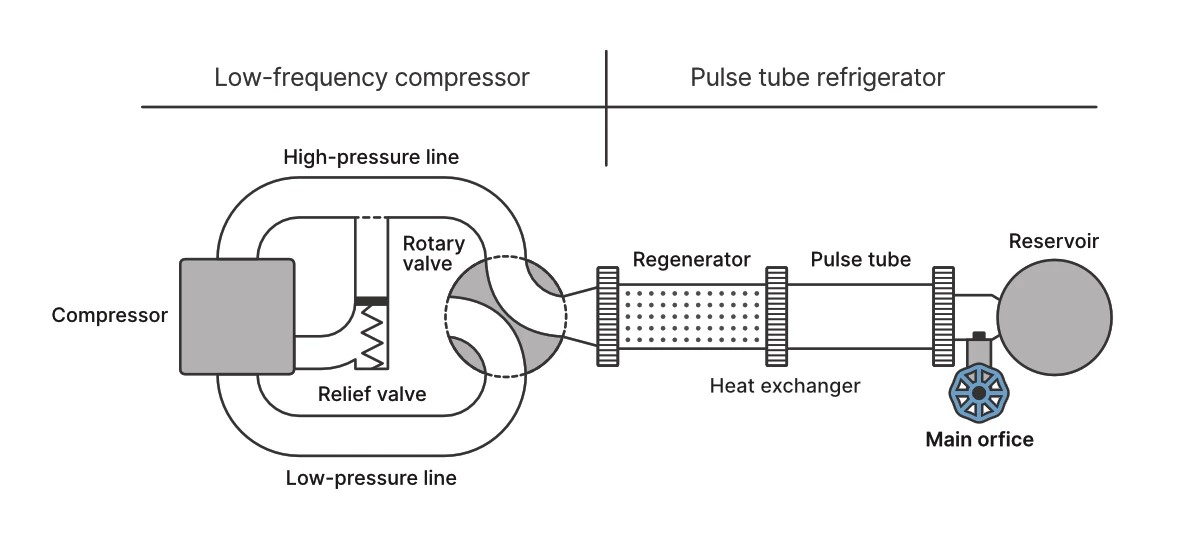Researchers have found a surprisingly simple way to build cryogenic coolers that reach near-absolute zero up to 3.5 times faster, or using about 71% less energy, than current gear. That's big news for anything requiring seriously low temperatures.
Cryogenic cooling has a surprising number of practical applications. It's used to preserve tissues, eggs, sperm, and even embryos. It makes CAT scanners possible, as well as CERN's massive particle accelerators and certain mag-lev systems. It has hundreds of engineering applications, provides the James Webb Space Telescope its remarkable ability to probe the depths of space, and may one day be the key to making fusion power or quantum computers a reality.
At ultra-low temperatures, some weird physics starts to kick in. Superconductivity, for example, allows electric current to pass through certain materials with zero resistance. Superfluidity allows certain liquids, like helium, to flow without any viscosity, at which point it seems to start ignoring normal rules and climbing up and over the sides of containers.
Approaching absolute zero, quantum phenomena can slow down to the point where we can actually make use of them, and you can start getting Bose-Einstein Condensates, in which groups of atoms stop acting like individuals, clump together, and sync up into the same quantum state to start acting like 'super-atoms.'
But one problem with working in the vicinity of absolute zero is that it's expensive and time-consuming to get there. For over 40 years, the Pulse Tube Refrigerator (PTR) has been the go-to technology for reaching temperatures of 4 ºK (-452 ºF, -269 ºC), or four degrees above absolute zero. It's a surprisingly simple machine that works broadly on the same principle as the fridge in your kitchen.

The PTR uses a gas which is compressed and when this gas expands it draws off heat. However, instead of Freon or isobutane, the PTR works with helium – allowing it to cool things to the theoretical limits of physics. It works, but it takes up to several days and a lot of energy to achieve the desired chilliness.
What NIST (National Institute of Standards and Technology) researcher Ryan Snodgrass and his team did was to look at how the PTR works in an effort to figure out how to make it more efficient. They discovered that what was required was a surprisingly simple fix. The team saw that the PTR works very well at temperatures near absolute zero, but at room temperature, where the cooling must begin, it was something of a bust in terms of efficiency.

They saw that at higher temperatures the helium gas was under such high pressure that it kept being shunted into a relief valve instead of doing any cooling. By swapping around the mechanical connections between the compressor and the refrigerator and then adjusting the valves so they were wide open at the start of the process and gradually closing them as the cooling proceeded, they could achieve much higher levels of efficiency and cool things more rapidly by between one half and one quarter – all without wasting valuable helium.
According to the team, if the prototype of the new refrigerator could be brought to market to replace current equipment, annually it would save 27 million watts of power, US$30 million in global electricity, and enough cooling water to fill 5,000 Olympic swimming pools. It could substantially alter the cost/benefit equation for a range of ultra-cold technologies.
It could also make for some mean piña coladas.
The research was published in Nature Communications.
Source: NIST





